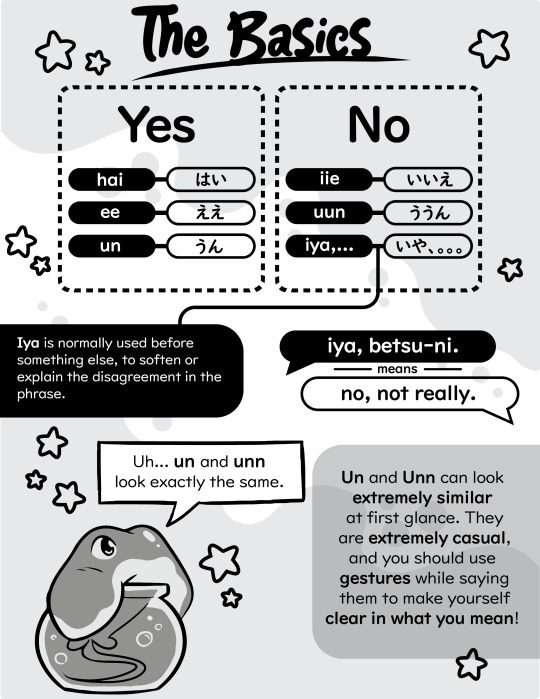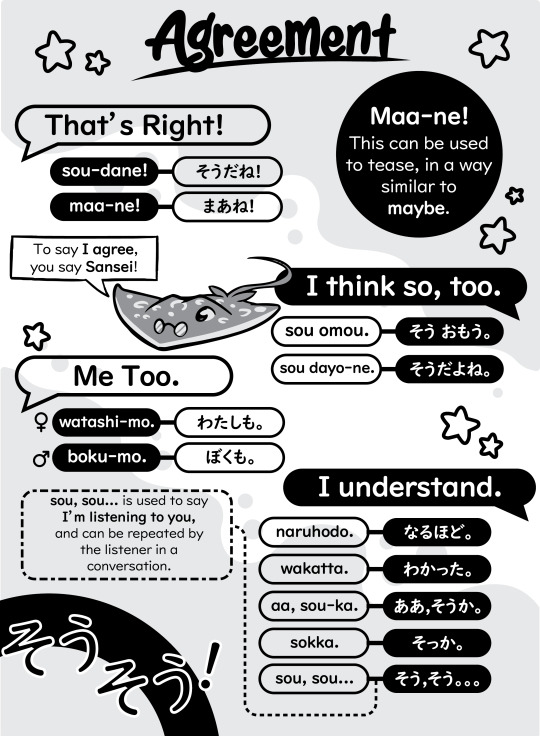Text

I made a memory game in Mandarin! HSK1. I might make more, this was fun!
36 notes
·
View notes
Text
wait did y'all know there's a ton of free language course resources for u.s. peace corps training??

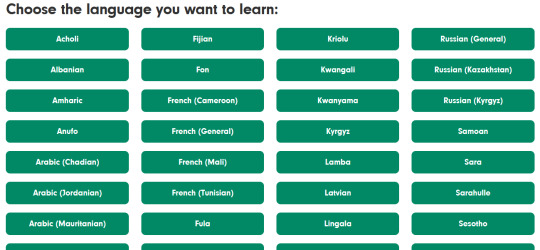
2K notes
·
View notes
Text
Map of British English dialects
by Ryan Starkey (Starkey Comics)
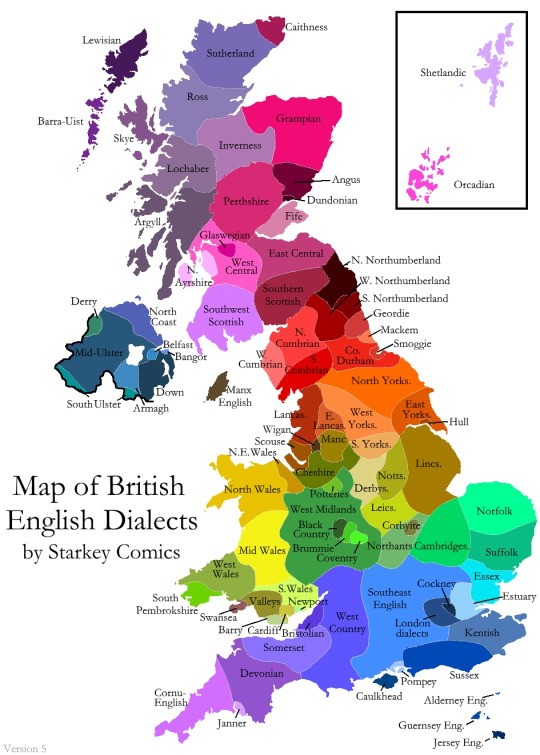
Author Ryan Starkey accompanies the map with a great article:
I’ve spent the last few years pooling together every study, survey, map, and database I can find, and then subjecting my image to several rounds of peer feedback. […] The end result is an image which is, to my knowledge, the most detailed map of British dialects ever made.
He also discusses “Why this map is wrong, and always will be”, and just how difficult it is to create a precise map of dialect regions.
Why is there so much dialect diversity in the U.K.? Because the longer a language is in a region, the more it tends to diversify. This is partly why, for example, there is a much larger variety of dialects spoken in the Eastern U.S. than the Western U.S.
Further Reading
The stories of English (David Crystal)
This is the perfect book to read if you want to know more about the history of dialect diversity in English, because the entire focus of the book is to show that English is not just one unified language (hence the plural “stories” in the title). It’s one of my favorite popular language books.
1K notes
·
View notes
Text
Hello language learners!
Have you tried Librivox?
It's a website that has public domain audio books in TONS (47 to be exact) of languages! (my followers, yes, it has Finnish too!)
You can find loads of free books on there! I recommend it a lot!
For Finnish books, I noticed they even have Seitsemän Veljestä which is a must-read for every Finnish student.
Here's a link:

898 notes
·
View notes
Text
My new favourite idiom is 画蛇添足 basically meaning to ruin something by overdoing it
Quite literally ‘draw snake add feet’
Pinyin: Huàshé tiānzú
Traditional: 畫蛇添足
14K notes
·
View notes
Text
A crowd singing along with street performers in China. The song they're singing is the Xiao San Mandarin version of L'internationale (国际歌) by Eugène Pottier & Pierre De Geyter.
While looking for the right Chinese translation, I found this interesting paper about the history of the translations, which I recommend: The Experience of L’Internationale in Modern China (Song 2018)
Chinese lyrics & english translation added by me :)
2K notes
·
View notes
Text
In slovene there's a word "ubistvu", which means "basically" and is used a lot.
In russian "убийство" (ubistvo) is a murder.
In learning languages fun never ends
42 notes
·
View notes
Text
💬 Linguistics Challenge 📚 - October
This challenge will teach you the basics of linguistics step-by-step over the course of 12 months.
This month, we’ll look at: language acquisition.
Each month you get a few exercises (depending on how complex the topic is), so you can take breaks in between days or use those days to revise and practice. I’ve put links to all the topics on which i made blog posts, but you’re very welcome to do your own research online.
This challenge is based on what I learned in the first semesters of my linguistic studies at uni, and it’s aimed at giving you a broad introduction and teaching you the most important concepts from several different fields of linguistics.
Throughout the month, you’ll get the chance to apply your new knowledge in some exercises and tasks. If you want, you can share your work via reblog with the tag #linguisticschallenge, i’d love to see your contributions :)
Also, feel free to follow me so you won’t miss next month’s challenge!
First off, inform yourself about the characteristics of human language and what constitutes as a ‘language’
Look at how animals communicate
Task: Think of a few animal languages (e.g. bee dance, whale song, etc.) and try to find out which signals they use & which of the characteristics of human language apply or don’t apply to these animal languages
Task: Try to find some evidence against the different characteristics of human language (either by proving that certain human languages wouldn’t classify as ‘languages’ or by proving that certain animal languages would classify as ‘languages’)
Now look at the continuity and discontinuity hypotheses
Task: Try to think of arguments for and against both of these hypotheses
Look at how children learn languages and the nativist vs. usage-based approaches.
Task: Think of arguments for and against both approaches. Which one do you agree with?
Now, we’ll look at the first stages of speech production in children
And lastly, look at the hypotheses of linguistic relativity & linguistic universalism
Task: Try to think of arguments for and against both of these approaches
If you’re quick or want to learn more, you could check out my linguistics masterpost to see if i made any new posts on this topic after creating this challenge. You could also take a look at these book tips:
Book tips:
Hockett, C. (1960) The origin of speech. Scientific American 203, 88-111.
Sedivy, J. (2018) Language in Mind. An Introduction to Psycholinguistics. Oxford: OUP.
Hakansson, G. & Westander, J. (2013) Communication in humans and other animals. Amsterdam: Benjamins.
Patricia J. Brooks & Vera Kempe, Language development,
BPS Blackwell: Chichester, 2012
Lust, B. (2006). Child Language. Acquisition & Growth.
Cambridge: CUP.
Rowland, C. (2014) Understanding child language
acquisition. New York: Routledge.
.
Next month, we’ll look at some more fun & interesting linguistic topics + additional terms/concepts
(Link to last month’s challenge)
76 notes
·
View notes
Text
Websites to learn languages by reading
Hyplern
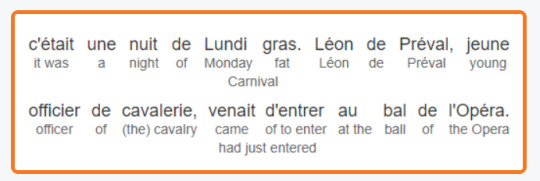
Language Crush

Readlang
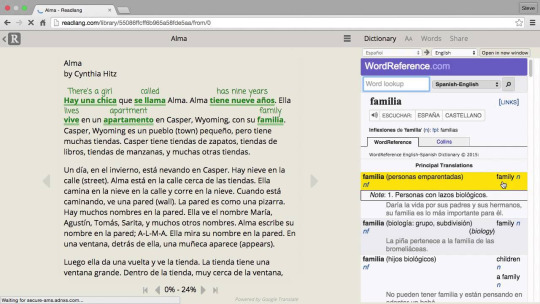
Vocab Tracker

11K notes
·
View notes
Text
15-day language challenge!
what are your goals for learning your target language?
your handwriting
your to-do list for the day
most challenging thing about your target language
your favourite outfit
the “birthday song” in your target language
favourite names in your target language
your favourite colour and things that are in that colour
favourite weather and why
common pet names or terms of endearment used in your target language
a city where your target language is spoken
draw something and describe it in your target language
things you’re excited for this month!
a book you read that you loved and why
your favourite words in your target language
186 notes
·
View notes
Text
My Linguistics Masterpost:
This masterpost is only for all of the linguistic topics I made posts about (which I now sorted into the respective ‘linguistic branches’). Here’s the link to my general masterpost where you can find ALL of my posts.
(I’ll try to edit & update these masterposts whenever I post something new)
.
Phonetics & Phonology
Linguistic abbreviations, consonants, and vowels
International Phonetic Alphabet (IPA)
Pronunciation of English consonants & vowels
Stress in sentences
Unstressed [i] & [u]
.
Morphology
Morphemes
Allomorphs of {-s} and {-ed}
.
Word formation
Word formation
.
Syntax
Word classes (sentence structure #1)
Phrases (sentence structure #2)
Clause elements & clause types (sentence structure #3)
.
Semantics
Sense relations
.
Pragmatics
Speech Acts
Indirect Speech Acts
Deixis & distance
Cooperative Principle & Gricean Maxims
Implicature
.
Text Linguistics:
What is a text?
Text types, text forms, and text form variants
Coherence & cohesion
.
Sociolinguistics:
Dialects & accents, pidgins & creoles (language varieties #1)
Style and Register (language varieties #2)
.
Historical Linguistics:
The periods of the English language (History of English #1)
Diachronic vs. synchronic (History of English #2)
Proto-Languages (History of English #3)
Language Families (History of English #4)
Old English: 450 (700) - 1100
Middle English: 1100 - 1500
Early Modern English: 1500 - 1700
What happened in the year 1066 and why it was so important for the English language
i-mutation
Great Vowel Shift (GVS)
.
English Linguistics:
Loan words in the English language
Loan words #2: Doublets
English tenses #1 - present tense
English tenses #2 - past tense
English tenses #3 - some differences between the tenses
English tenses #4 - future tenses & expressions with future meaning
.
Other Linguistic Topics:
Analytic vs. Synthetic Language
Translation strategies
Translations: Functional Analysis of the Source Text
.
691 notes
·
View notes
Text
i didnt realize how much i missed university until i gave myself homework 😭
0 notes
Text
中文语法 Grammar – Benefactive 给
So I came across an interesting sentence on Yoyo Chinese so I asked them about it, and I got a super in-depth answer. I thought I would share it here (also to keep track of it for later).
Original: "She made it for me herself."
My gut instinct was 她是给我自己做的 but the correct answer was actually 她是自己给我做的。
Basically, they both kind of mean the same thing, but slightly different connotations, not because of the way 自己 was used necessarily, but because of the way 给 is used!
她是自己给我做的 = She made it for me herself.
她是给我自己做的 = She gave me something that she made herself.
The way the Yoyo Chinese teacher (Greg) explained it was like this:
"As you can see from the second example above, we no longer get the benefactive reading of 给 when 自己 is modifying the second verb - in this case 给 simply means "give" in the most literal sense."
So essentially, to paraphrase the way my brain works:
When 自己 is connected directly to the verb, that means the 给(x) is not describing the verb, instead used as an independent verb "to give." Therefore the main verb in the sentence is 给 itself.
When 给(x) is connected directly to the verb then 给 is "benefactive", meaning instead of being a verb, it more resembles an English preposition, more like "to/for (x)". Therefore the main verb in the sentence is the verb that 给(x) is attached to
TL;DR Version:
给我 + 自己 + verb // 自己 is describing the verb, and 给 is an independent verb on its own "to give"
自己 + 给我 + verb // 给我 is "benefactive" describing the verb, and 自己 is describing the whole verb phrase
Direct Translations:
她是自己给我做的 = She herself FOR me made it
她是给我自己做的 = She GAVE me (something that) herself made
Other examples:
给我做饭 = Cook for me
她自己给我做饭 = She cooks for me herself
给我你自己做的 = Give me something you made yourself
给我做笔记 = Take notes for me
他自己给我做笔记 = He takes note for me himself
他给我自己做的(笔记) = He gives me (notes) that he takes himself
103 notes
·
View notes
Text
Language vitality
Language vitality can be measured on a scale from “healthy” to “extinct”. A UNESCO paper proposes nine factors that can determine the viability of a language:
Absolute number of speakers
Availability of materials for language education and literacy
Community member’s attitudes towards their own language
Governmental and institutional language attitudes and policies, including official status and use
Intergenerational language transmission
Proportion of speakers within the total population
Response to new domains and media
Shifts in domains of language use
Type and quality of documentation
Almost all these factors include six degrees of endangerment: safe (healthy), unsafe/vulnerable, definitely endangered, severely endangered, critically endangered, and extinct.
The causes of language endangerment can be divided into four main categories:
disease, famine, natural catastrophes: The village of Malol in Papua New Guinea was destroyed by an earthquake in 1998. Malol was estimated to have 3,330 speakers at the time.
genocide and war: The Kasabe language of Cameroon became extinct in 1995 as a result of Fulani jihad during the 19th century and the subsequent enslavement and massacre.
overt repression (assimilation): Breton, spoken in France, is an example of a severely endangered language that suffered repression in the name of national unity.
cultural/economic/political dominance: Santali, a language of India, is classified as vulnerable due to the predominance of Bengali and especially Hindi, which is the official language of the country together with English.
There is a difference between an extinct language, which is one that no longer has any speakers, and a dead language, which is one that no longer is the native language of any community, even if it is still in use. Latin, the official language of the Holy See, and Coptic, the liturgical language of the Coptic Orthodox Church, are two examples of dead languages.
To revive an extinct language, adequate documentation is necessary, as has been the case of Hebrew and Cornish, among others. This process is known as language revitalization and also refers to the attempt to slow language death. Some examples include Ainu, Livonian, Navajo, and Māori.
133 notes
·
View notes

